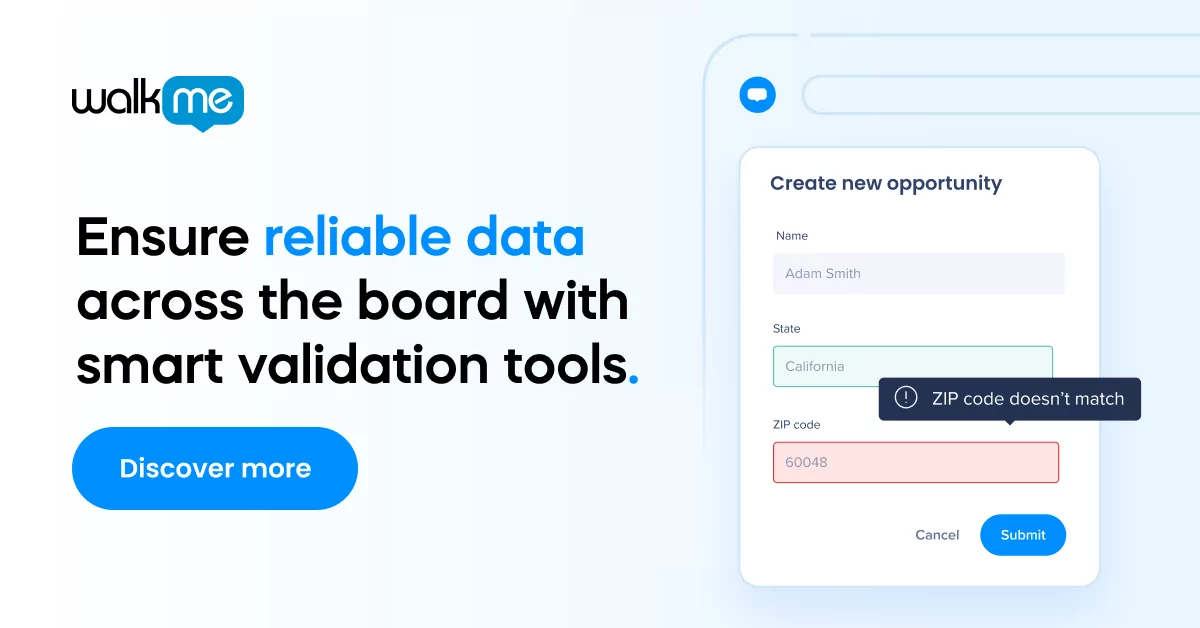Each department has its own unique definition of transformation. Often this definition will depend on their required tasks, planned trajectory, and the strategic goals of the organization.
An IT professional may define transformation in terms of digital transformation, a finance professional may focus on rationalization, and an HR professional may focus on the workforce and organizational culture.
Since so many organizations are undergoing transformation, the definition of transformation is not just a question of semantics—it can determine the scope and outcomes of a transformation effort.
The state of transformation in 2021
Transformation has become a trending topic in the business world, particularly over the past year, when many organizations were forced to reevaluate everything from their value propositions to their business models.
Yet organizational change and transformation have been increasingly popular terms for several years now. Digital innovation has fueled sweeping changes to the business landscape, the global economy, the workplace, customer experience, and more.
The goal of business transformations shifts from year to year and will often depend on the state and direction of the business world. For instance, with the internet came a focus on digitization, and with mobile devices came mobile-first strategies.
Today, we are seeing transformations that focus on agility, data-driven decisions, and digital-first cultures.
Agile transformation
Agile transformation refers to an organizational shift towards flexible models, processes, workflows, and practices. Recently, it has become a major area of focus for many business leaders, because agility is crucial to staying resilient and maintaining business continuity during volatile economic conditions.
Agile business models revolve around:
- Adapting to changing conditions, rather than stubbornly adhering to static plans or processes
- Close and constant collaboration among team members and stakeholders
- Utilizing customer feedback to develop products that are relevant, accessible, and useful
Implementing an agile transformation requires that agile principles be embedded at multiple levels within the organization, including:
- The workplace, the culture, workflows, and other aspects of the business related to people
- The organization’s mission, its strategy, its business model, its operating model, and its processes
- The technology, tools, infrastructure, and systems
For organizations not accustomed to agile methods, these types of changes can have major impacts on existing workflows and working models. Agile methods have proven to be highly relevant in today’s disruption-filled business landscape, which demands speed and adaptability.
Data-driven transformation
Data has become an absolute must in our digital world and has even been called the new oil.
Data has become pervasive, and with it organizations can make more accurate decisions, improve efficiency, predict future trends, and outmaneuver their competitors.
As with agile transformations, organizations that want to become data-centric will need to implement data-driven flows of work at multiple levels.
This means:
- Implementing a data-centric culture among employees and providing them with the digital skills and tools they need to implement data-driven processes
- Using data-driven methods at all levels of the organization and integrating them within the organization’s business model and operating model
- Adopting digital technology that is designed to leverage and maximize data, such as data and analytics tools, IoT, and artificial intelligence (AI)
Business leaders recognize that data is a strategic asset, which is why so many focus on building mature data-driven processes. However, data itself is really part of a larger global shift: the digital revolution.
Digital transformation defined in 2021
Digital transformation is almost certainly the most widely used of the three definitions of transformation covered here. At the same time, however, it is also the most ambiguous—it can mean very different things to different people.
For example, definitions of digital transformation can emphasize:
- The cultural aspects of digital transformation
- IT modernization
- Digitizing the business to deliver newer and better customer experiences
- The digitization of the workplace
- Data-driven transformation or agile transformation
- Digital innovation with emerging technology
When defining and designing a digital transformation program, perhaps the most useful approach is to compare one’s own definition to alternative definitions in order to see the value of those other perspectives.
If, for example, your definition revolves around digitalizing the customer experience, it may be useful to step back and compare that definition to those that emphasize other aspects of digital transformation, such as the digital employee experience. Those new perspectives can perhaps offer fresh insights and input to further enhance your own digital transformation efforts.
Final thoughts
“Transformation” can mean different things to different people, but it is also worth distinguishing “organizational change” from “organizational transformation,” since each term carries different implications.
According to organizational change management expert Ron Ashkenas, change management focuses on discrete organizational changes that have limited, clearly defined scopes.
Transformation, on the other hand, refers to a portfolio of interdependent initiatives designed to “reinvent the organization and discover a new or revised business model.”
Using precisely defined terms and definitions is essential when accurately communicating with stakeholders, clarifying expectations, quantifying objectives, designing an effective change management communication plan, and more.
For more on the distinction between organizational change and transformation, see our guide to organizational transformation and our guide to business transformation.


